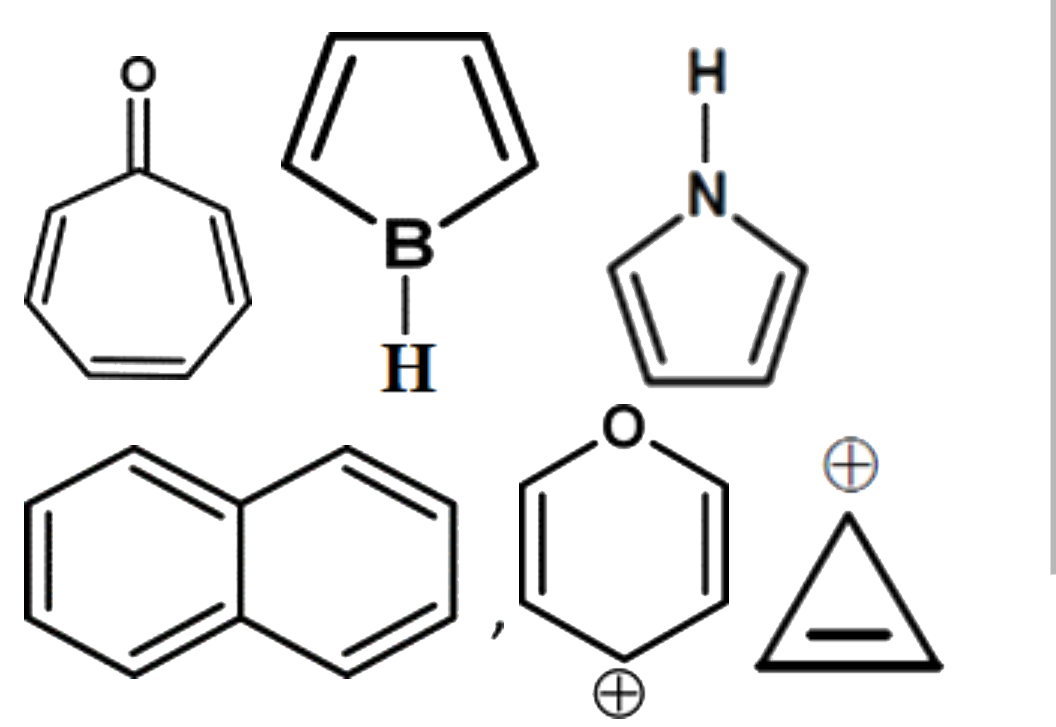Out of following structures how many come under non-vegetative propagules? Zoospores, Conidia, Gemmules, Runners, Tubers, Offset, Rhizomes
4
6
3
7
The correct Answer is:C
Similar Questions
Knowledge Check
Out of following structures how many come under non-vegetative propagules? Zoospores, Conidia, Gemmules, Runners, Tubers, Offset, Rhizomes
A4B6C3D7Study the following statements and choose the correct option.
I. Asexual reproduction is common among single celled organisms and organisms with relatively simple organisation
II. Conidia, bud, gemmules are common sexual structures
III. Runner, rhizome, sucker, tuber, offset, bulb are vegetative propagules
IV. The invasive weeds found growing in fresh water bodies is Zostera.AI, II are correctBIII, IV are correctCI, III are correctDII, IV are correctA : Runner, tuber, sucker, offset etc. are vegetative propagules.
R: Two parents are involved the formation of these structure.AIf both Assertion & Reason are true and the reason is the correct explanation of the assertion, then mark (1)BIf both Assertion & Reason are true and the reason is not the correct explanation of the assertion, then mark (2)CIf Assertion is true statements but Reason is false then mark (3)DIf both Assertion and Reason are false statements, then mark (4)
Among the following asexual reproductive organs are
(A) Zoospores (B) Gemmules in Sponge (C ) Bulbil of Agave (D ) Rhizome of ginger (E ) Offset of water hyacinth (F ) Leaf buds of Bryophyllum
View SolutionStudy the following statements and choose the correct option.
I. Asexual reproduction is common among single celled organisms and organisms with relatively simple organisation
II. Conidia, bud, gemmules are common sexual structures
III. Runner, rhizome, sucker, tuber, offset, bulb are vegetative propagules
IV. The invasive weeds found growing in fresh water bodies is Zostera.
View SolutionThe following bar graph (Figure) represents the heights (in cm) of 50 students of Class XI of a particular school. Study the graph and answer the following questions: What percentage of the total number of students have their heights more than 149 cm? How many students in the class are in the range of maximum height of the class? The school wants to provide a particular type of tonic to each student below the height of 150cm to improve his height. If the cost of the tonic for each student comes out to be Rs. 55, how much amount of money is required? How many students are in the range of shortest height of the class? State whether true or false: There are 9 students in the class whose heights are in the range of 155-159 cm. Maximum height (in cm) of a student in the class is 17. There are 29 students in the class whose heights are in the range of 145-154cm. Minimum height (in cm) of a student is the class is in the range of 140-144cms. The number of students in the class having their heights less than 150cm is 12. There are 14 students each of whom has height more than 154 cm.
View SolutionThe following bar graph (Figure) represents the heights (in cm) of 50 students of Class XI of a particular school. Study the graph and answer the following questions: What percentage of the total number of students have their heights more than 149 cm? How many students in the class are in the range of maximum height of the class? The school wants to provide a particular type of tonic to each student below the height of 150cm to improve his height. If the cost of the tonic for each student comes out to be Rs. 55, how much amount of money is required? How many students are in the range of shortest height of the class? State whether true or false: There are 9 students in the class whose heights are in the range of 155-159 cm. Maximum height (in cm) of a student in the class is 17. There are 29 students in the class whose heights are in the range of 145-154 cm. Minimum height (in cm) of a student is the class is in the range of 140-144cms. The number of students in the class having their heights less than 150cm is 12. There are 14 students each of whom has height more than 154 cm.
View SolutionA : Runner, tuber, sucker, offset etc. are vegetative propagules.
R: Two parents are involved the formation of these structure.
View Solution

